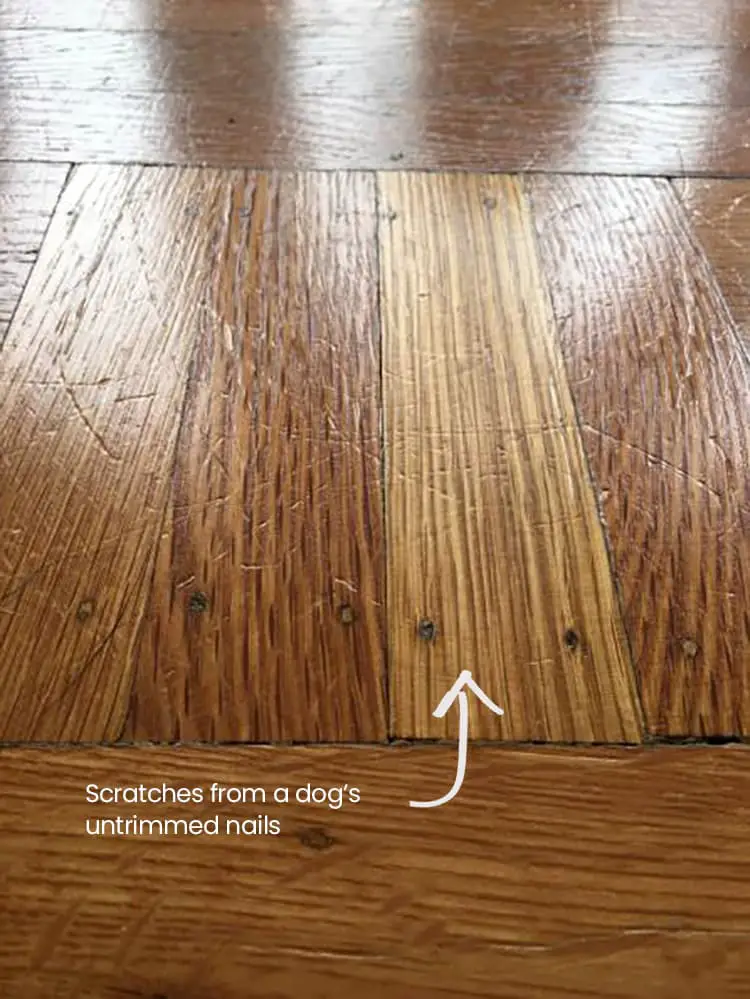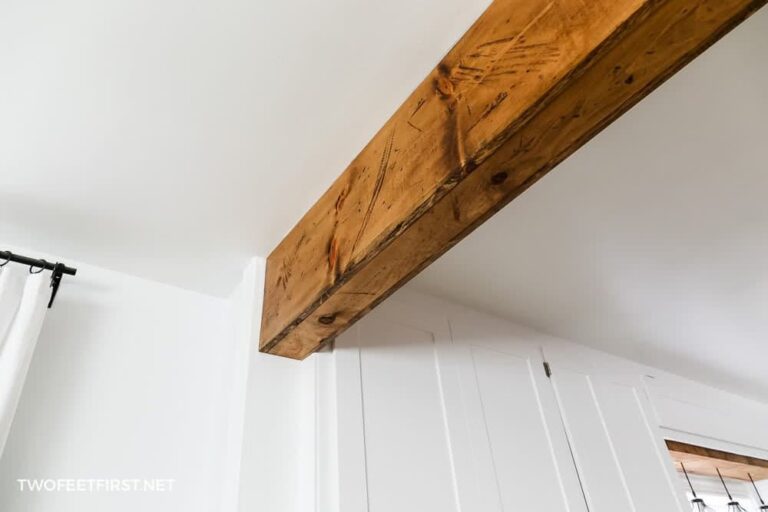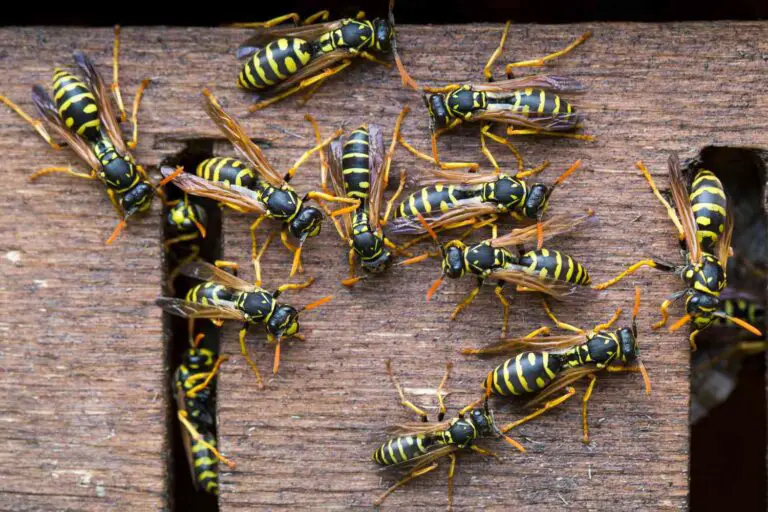What Does Wet Wood Smell Like : The Earthy and Unmistakable Aroma
Have you ever walked into a room and noticed a musty, earthy smell coming from wet wood? Whether it’s in your home, a forest, or a lumberyard, the scent of wet wood is unmistakable. But what exactly does wet wood smell like, and what causes this distinct odor?
Understanding the smell of wet wood can provide valuable insights into the condition of the wood and the potential presence of mold or decay. In this article, we’ll explore the olfactory characteristics of wet wood and the factors that contribute to its distinctive scent.
The Smell of Wet Wood
Wet wood emits a unique odor that is often described as musty, earthy, or even slightly sweet. This aroma is the result of various organic compounds present in the wood, which can undergo changes when exposed to moisture. One of the primary contributors to the smell of wet wood is a substance called geosmin, which is produced by certain types of bacteria and fungi.
Geosmin is responsible for the earthy scent that is commonly associated with damp soil and is also present in wet wood. Additionally, the presence of lignin, cellulose, and other organic compounds in the wood can contribute to its characteristic smell when exposed to moisture. The exact fragrance of wet wood can vary depending on factors such as the type of wood, the degree of moisture present, and the presence of microbial activity.
Causes of the Smell
There are several factors that can lead to the development of the distinctive smell associated with wet wood. One of the primary causes is the growth of mold and mildew on the surface of the wood. When wood becomes wet, it creates an ideal environment for mold spores to germinate and proliferate, leading to the production of volatile organic compounds that contribute to the musty odor.
In addition to mold growth, the presence of bacteria and fungi can also contribute to the smell of wet wood. As these microorganisms break down organic matter within the wood, they release compounds that can impart a range of odors, from sweet and earthy to sour and unpleasant. The specific types of microorganisms present and the extent of their activity can influence the overall scent of wet wood.
Identifying Wet Wood
Recognizing the smell of wet wood can be an important indicator of potential issues such as moisture damage, rot, or mold growth. In a home or building, the presence of a musty, damp odor coming from wood surfaces may signal the need for investigation and remediation to prevent further damage. In outdoor environments, the smell of wet wood can also indicate areas where moisture is not properly draining or where decaying organic matter may be present.
When assessing the condition of wood, it’s essential to consider not only the smell but also visual cues such as discoloration, warping, or visible mold growth. Addressing the underlying causes of moisture and microbial activity is crucial for preserving the integrity of the wood and maintaining a healthy indoor environment.

Credit: www.amazon.com
Preventing and Treating the Smell of Wet Wood
To prevent or mitigate the smell of wet wood, it’s important to address the underlying causes of moisture and microbial growth. This may involve improving ventilation and airflow in interior spaces, repairing leaks or water damage, and properly sealing and protecting wood surfaces from excessive exposure to moisture.
If the odor of wet wood is accompanied by visible mold or mildew, it’s essential to address the issue promptly to prevent further damage and potential health risks. This may involve cleaning and disinfecting affected areas, removing and replacing damaged wood, and implementing measures to control moisture levels and inhibit microbial growth.
Frequently Asked Questions For What Does Wet Wood Smell Like : The Earthy And Unmistakable Aroma
What Does Wet Wood Smell Like?
The smell of wet wood is often described as musty, moldy, or earthy, with hints of decay.
Can Wet Wood Cause Health Problems?
Yes, wet wood can lead to mold growth, which can cause respiratory issues and exacerbate allergies.
How Can You Eliminate The Smell Of Wet Wood?
To eliminate the smell of wet wood, ensure proper ventilation, use dehumidifiers, and apply odor neutralizers.
Is Wet Wood Dangerous For Furniture And Structures?
Wet wood can lead to rot, weaken structures, and damage furniture if not properly dried and treated.
Conclusion
The smell of wet wood is a complex and multifaceted characteristic that can provide valuable insights into the condition of wood and the presence of moisture-related issues. By understanding the causes and implications of the odor associated with wet wood, individuals can take proactive steps to prevent and address potential concerns related to moisture, mold, and decay. Whether in the home, outdoors, or in commercial settings, being able to distinguish the smell of wet wood can be an important tool for maintaining a healthy and structurally sound environment.






